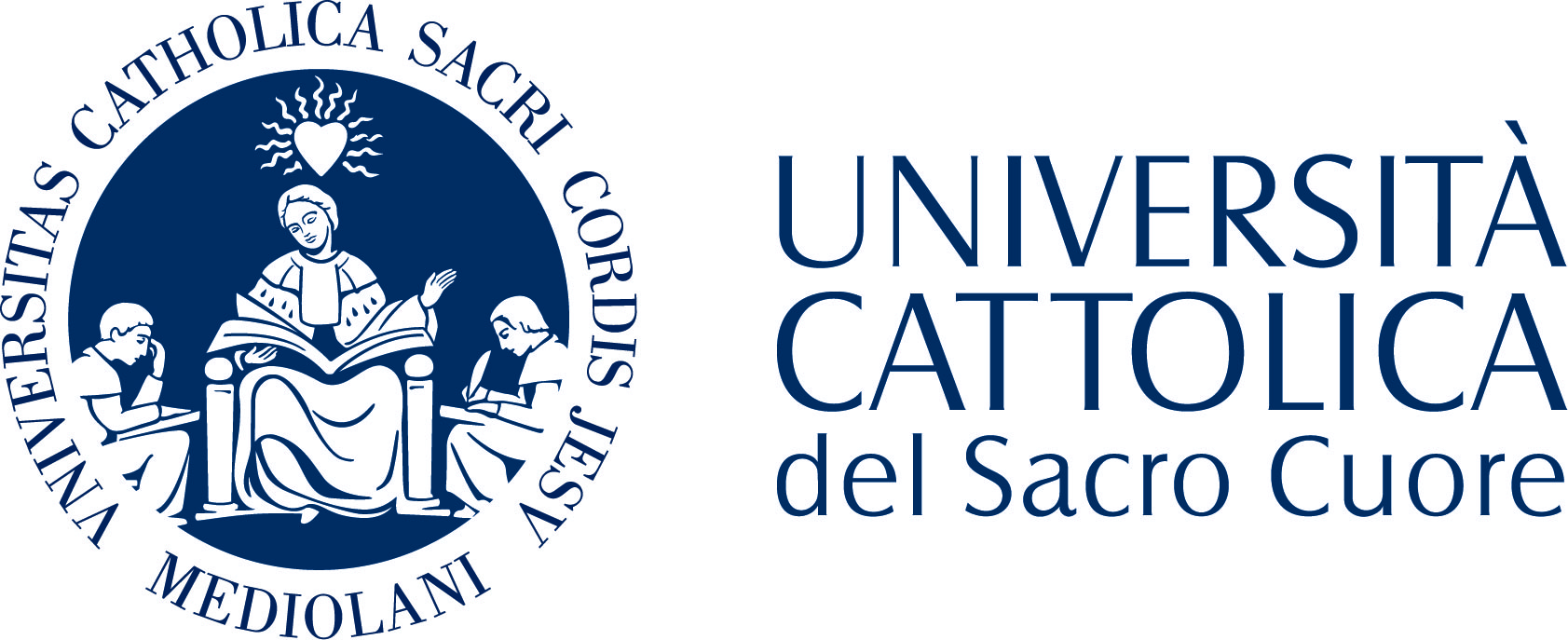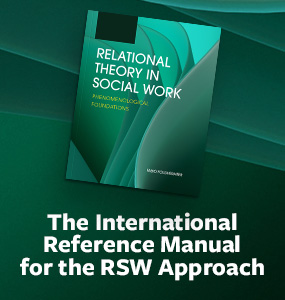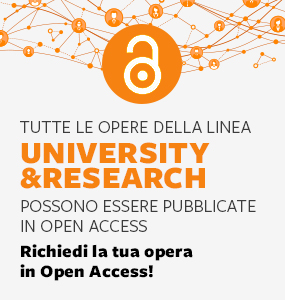Between risk and relationship: Involving fathers perpetrators of violence in child protection assessment
Marco Grassini
Intimate Partner Violence (IPV) in families with children and adolescents exposes the latter to potentially disadvantageous situations that merit the initiation of child protection assistance services. Following episodes of IPV, the child protection social worker’s investigation focuses on the victim mother and the assessment of her parenting skills to understand to what extent and how she can provide protection and safety to her child/children. As previous studies have shown, the perpetrator father is less involved in the assessment and help process. International research shows such a low level of involvement of people reported as perpetrators that it is necessary to speak of «invisible men» in child protection services.
This paper illustrates a part of the research work carried out during the years 2021-2023 in Northern Italy, within 6 child protection services. Following a qualitative approach and through the documentary analysis of 44 social files of the child protection services, the research aimed to understand if, with which interventions and modalities, social workers, during the social investigation, involve men who have perpetrated violence against their partner.
Based on the involvement’s indicators in the literature, this article aims to present and analyse some data from the research, offering a reflection on the concept of involvement from the Relational Social Work framework (Folgheraiter, 1998, 2011, 2024). The paper reflects on the indicators in the literature and introduces that involvement should be reinterpreted in terms of objectives and differentiated from the concept of participation.
Keywords
Social work, Work with perpetrators, Child protection, Intimate partner violence, Involvement, Assessment.




